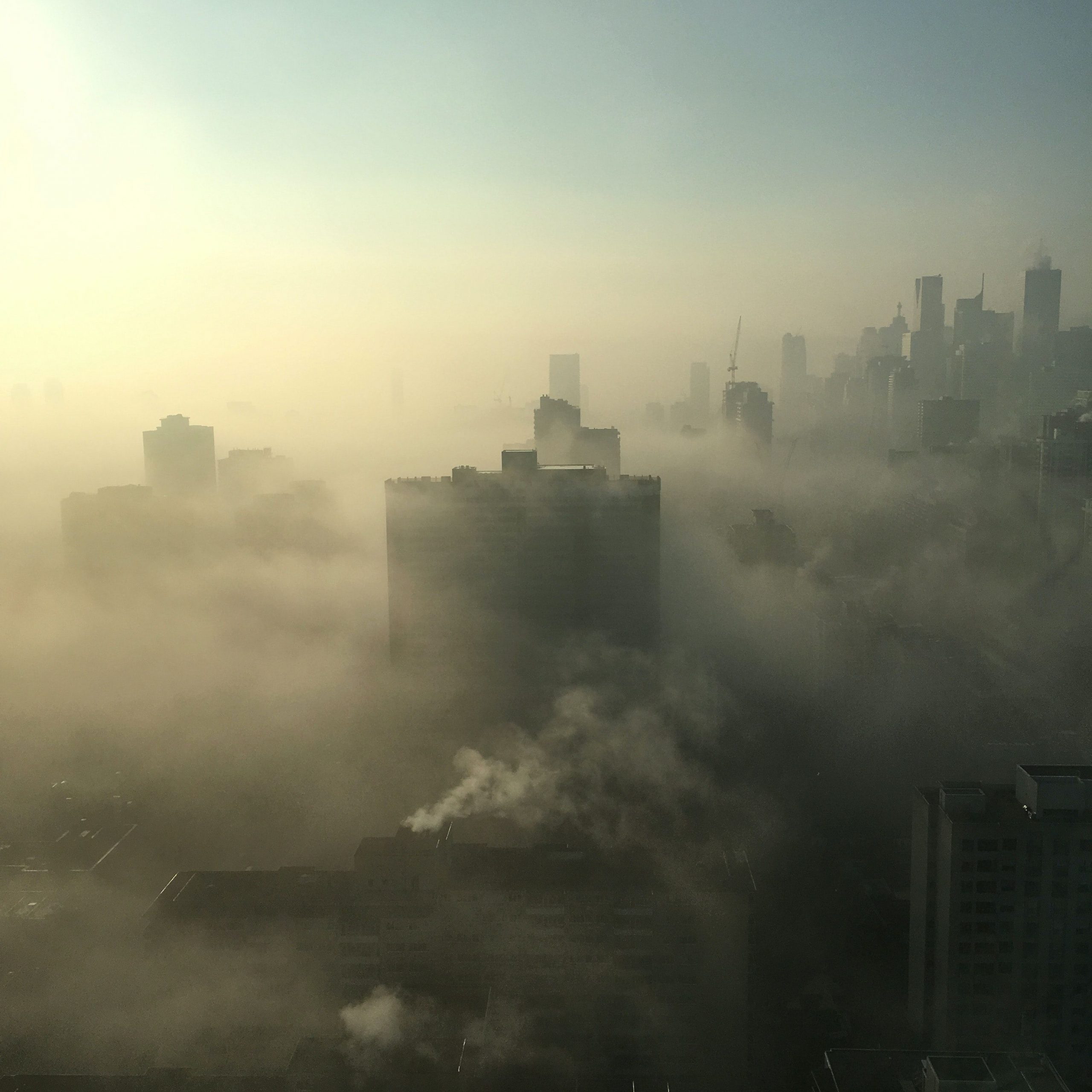India observes National Pollution Control Day every
year on December 2. This year, we get to know that the five most polluted
cities in India are Sankrail in West Bengal, Jaunpur in Uttar Pradesh, Pitampura
Monitoring Station in Delhi, and Bihar’s Patna and Darbhanga.
Also Read | Air pollution: 5 tips for asthma patients
Notably, this day commemorates the Bhopal Gas Tragedy in
1984, where thousands of people lost their lives. Hence, the National Pollution
Control Day serves as a reminder that pollution has devastating effects on life
and society, which is why governments must put their best step forward to curb it.
However, in 2021, air pollution is more relevant than ever. It is widespread, affecting
large parts of India.
The northern plains face the worst of it, every year
in winters, in areas around NCR, including Bihar and Bengal to the east. This
is due to reasons including stubble burning, dust pollution, open fires, as
well as vehicular and industrial pollution. The resulting health problems are
serious. Numbers indicate that one-third of global deaths from strokes, lung
cancer, and heart disease, is caused by air pollution. The effects of air pollution
are the same as smoking tobacco.
Studies have shown that in 2019, 16.7 lakh deaths in
India were somehow related to air pollution. It affected the economy too since
the country lost 1.36% of its GDP that year. Considering the pressing nature of
the situation, citizens can take some steps to reduce air pollution in their
towns and cities.
Also Read | Air pollution caused 160,000 deaths in world’s 5 most populous cities last year: Report
These include using public transport to avoid excessive
vehicular emissions, turning lights and fans off when not in use, and choosing to
recycle and reuse. Further, one can avoid using plastic bags, bursting
firecrackers, and using products containing harmful chemicals. Reducing forest
fires as well as smoking, while implementing afforestation are also steady
steps in improving the overall air quality.







